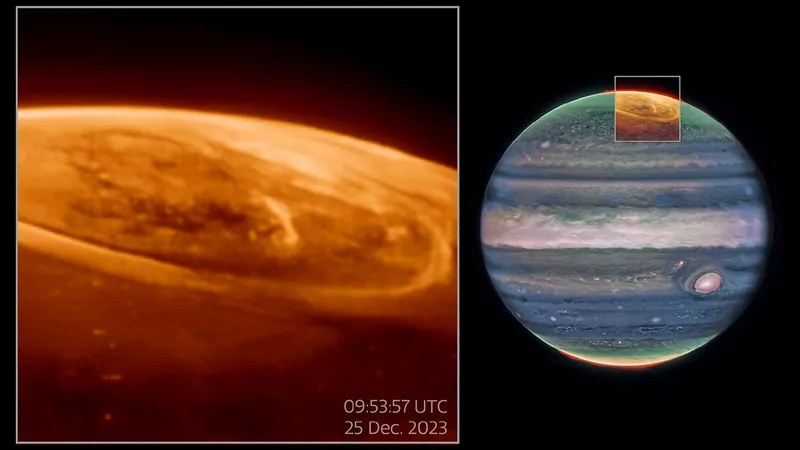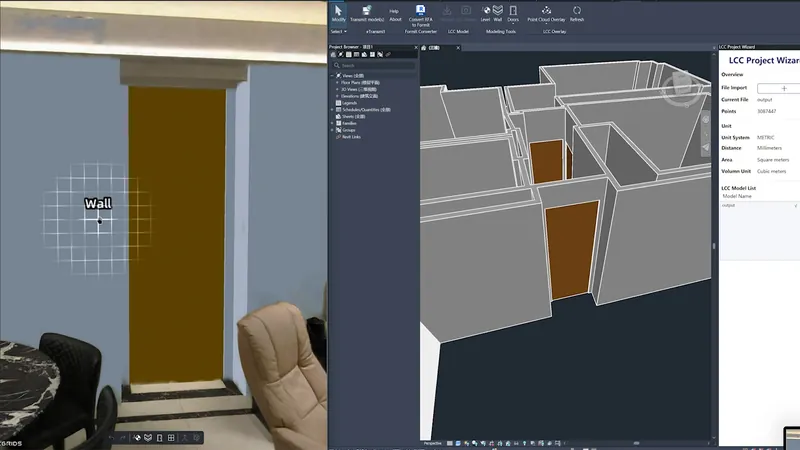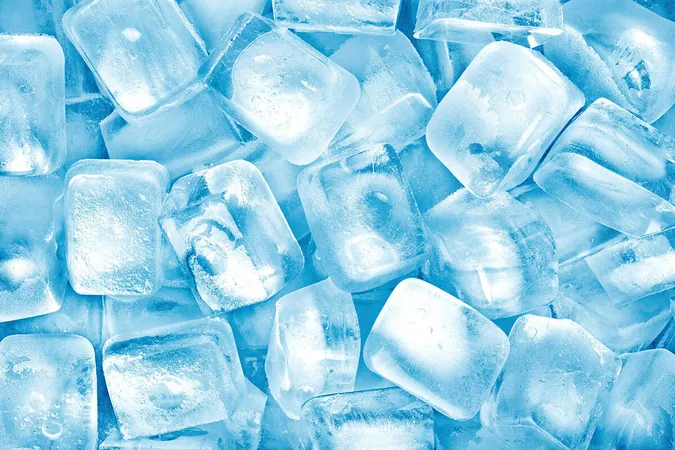
Mind-Blowing Discovery: James Webb Telescope Unveils 'Impossible' Auroras on Jupiter
2025-05-14
Author: Wei
On a remarkable Christmas Day in 2023, scientists focused the powerful James Webb Space Telescope (JWST) on the dazzling auroras of Jupiter, unveiling an extraordinary display that has left astronomers both amazed and bewildered.
Utilizing JWST's advanced infrared cameras, researchers noted that the auroras exhibited rapid changes in brightness and patterns. This revelation might hold the key to understanding the processes of heating and cooling within Jupiter's complex atmosphere, as detailed in a study from May 12 in Nature Communications.
"What a Christmas present it was — it just blew me away!" exclaimed Jonathan Nichols, a coauthor of the study and a researcher at the University of Leicester in the UK. He further remarked on their expectations, stating, "We anticipated seeing the auroras change slowly, perhaps over a quarter of an hour. Instead, we were treated to a spectacular display where the entire auroral region fizzed and popped with light, sometimes varying in mere seconds."
The formation of these stunning auroras occurs when high-energy charged particles—usually ejected from the sun—collide with the gases in a planet's atmosphere, igniting a beautiful glow. Jupiter's formidable magnetic field acts like a magnet, attracting charged particles, including electrons from both solar winds and the volatile eruptions of its moon, Io, leading to an auroral show hundreds of times more radiant than Earth's Northern Lights.
In their groundbreaking study, the team zeroed in on the infrared light emitted by the trihydrogen cation, H3+. This molecule arises in Jupiter's auroras when energetic electrons interact with hydrogen atoms in the atmosphere. While its infrared emissions facilitate heat loss from Jupiter, H3+ can also be rapidly destroyed by fast-moving electrons. Previously, ground-based telescopes lacked the sensitivity to measure precisely how long H3+ persists.
However, with JWST's Near Infrared Camera, the researchers found that H3+ has a lifespan of about two and a half minutes in Jupiter's atmosphere before it is destroyed. This discovery could provide insights into how H3+ influences the cooling dynamics of Jupiter's atmosphere.
Yet, the excitement doesn’t end there. When the scientists aimed the Hubble Space Telescope at Jupiter simultaneously, they stumbled upon perplexing data. While Hubble recorded ultraviolet light from the auroras, JWST captured the infrared.
"Bizarrely, the brightest light detected by Webb did not correlate with what Hubble recorded," Nichols noted, adding, "This conundrum has left us scratching our heads. To explain the brightness registered by both Webb and Hubble, we would need an unusual combination of high quantities of very low-energy particles impacting the atmosphere, a phenomenon that was previously deemed impossible. The mystery deepens!"




 Brasil (PT)
Brasil (PT)
 Canada (EN)
Canada (EN)
 Chile (ES)
Chile (ES)
 Česko (CS)
Česko (CS)
 대한민국 (KO)
대한민국 (KO)
 España (ES)
España (ES)
 France (FR)
France (FR)
 Hong Kong (EN)
Hong Kong (EN)
 Italia (IT)
Italia (IT)
 日本 (JA)
日本 (JA)
 Magyarország (HU)
Magyarország (HU)
 Norge (NO)
Norge (NO)
 Polska (PL)
Polska (PL)
 Schweiz (DE)
Schweiz (DE)
 Singapore (EN)
Singapore (EN)
 Sverige (SV)
Sverige (SV)
 Suomi (FI)
Suomi (FI)
 Türkiye (TR)
Türkiye (TR)
 الإمارات العربية المتحدة (AR)
الإمارات العربية المتحدة (AR)